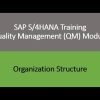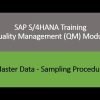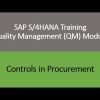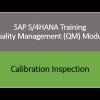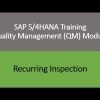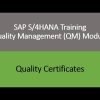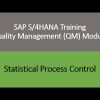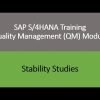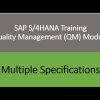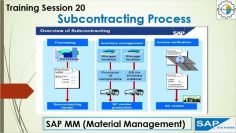This video provides a comprehensive understanding of Quality Management (QM) in the production process within the SAP S/4HANA system. Here are the key points:
- QM in Production: Quality Management is integral to the production process. It involves conducting quality checks during the production process (in-process inspection) and after the completion of production.
- Inspection Process Flow: The inspection process includes the creation of an inspection lot, data in the inspection lot, inspection lot structure, sample determination, results recording, defect recording (optional), usage decision, and stock posting.
- Inspection Lot: An inspection lot is created when a production order is released. It contains several operations, each reflecting different inspection stages for the product. Each operation can contain several inspection characteristics.
- Results Recording and Usage Decision: After the sample quantity calculation, the next step is results recording. This can be done manually or automatically. After results recording and inspection completion, a usage decision (UD) is made for the inspected goods. The UD specifies whether the goods in the inspection lot have been accepted or rejected.
- Stock Posting: After the UD, if the lot has been created because of any goods, stock posting can be done. The video demonstrates how to post stock from quality inspection to unrestricted use or blocked stock, depending on the UD.
- Inspection Setup in Material Master: To trigger an inspection lot, the inspection type required is 03 for in-process inspection and it needs to be activated in the Material Master in the QM view.
- Inspection Characteristics in Routing: In the production process, inspection characteristics are assigned in the routing or task list, not in an inspection plan. The control key in the task list operation defines whether inspection characteristics are to be used.
- Creation of Production Order: The creation of a production order and its release triggers the generation of an inspection lot. This is typically done by the Production Planning (PP) team.




